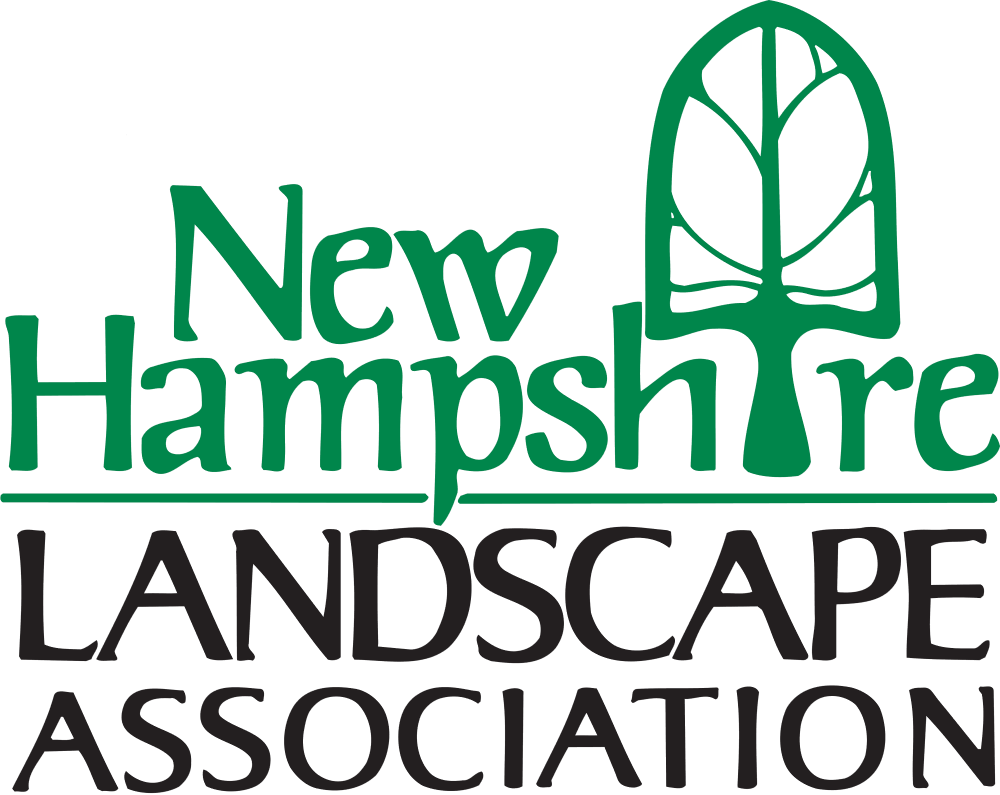Invasive plants are non-native species that can and have spread into our ecosystems. They cause environmental or economic harm by becoming dominant and disruptive to the native ecosystem. Many invasive plants were originally introduced as desirable ornamental plant. Without natural predators, they then survived too well, overpowering native species. Since the summer of 2000, a New Hampshire Invasive Species Committee coordinated by the Department of Agriculture, Markets & Food, Division of Plant Industry, has worked tirelessly to review and evaluate invasive species data, hold public forums, develop educational materials, formulate management practices and develop a list of proposed prohibited, restricted and prohibited species.
The Invasive Species Committee is a volunteer group of nine appointed members who consider and evaluate the adverse environmental and economic effects of invasive terrestrial plants, insects and fungal species upon the state. The efforts of the Committee include establishing means by which that state shall address and minimize such adverse effects; promote research and educational activities so as to achieve the best possible protection of agriculture, forest, wildlife, and other natural resources of the state and of human health; and to prevent and control the spread of invasive species in the state (refer to RSA 430:51 through RSA 430:57).
Invasive plants should be avoided and removed.
Invasive plant species include such plants as Purple Loosestrife, Norway Maple, Autmn olive, and Burning Bush, among others.
Invasive insects include Hemlock Woolly Adelgid and the newly arrived Asian Longhorned Beetle, among others.
For more information on Invasive plants in New Hampshire, including lists of prohibited and restricted species, go to the NHDA website: https://www.agriculture.nh.gov/divisions/plant-industry/invasive-plants.htm
For more information on invasive insects:
NH Division of Forests and Lands: https://www.nh.gov/nhdfl/community/forest-health/index.htm
Common Pests of NH’s Trees and Forests: https://extension.unh.edu/resource/common-pests-new-hampshires-trees-and-forests
NH Cooperative Extension: https://extension.unh.edu/agriculture-gardens
IPM of New Hampshire Blog: https://www.merchantcircle.com/blogs/IPM.OF.New.Hampshire.603-380-3845/2009/7/Asian-Longhorned-Beetle-and-other-invasive-pests-that-threaten-NH-/287356
Additional information:
Invasive Species
New Hampshire Department of Environmental Services
Aquatic Nuisance Species in New Hampshire
New Hampshire Fish and Game Department
Vermont Invasives
The University of Vermont Extension
